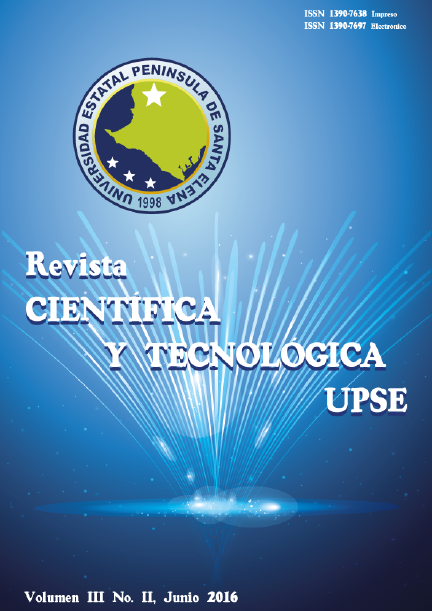Occupational accidents and their relationship with geomagnetic activity and cosmic ray intensity parameters
DOI:
https://doi.org/10.26423/rctu.v3i2.144Keywords:
Workplace accidents, Space Weather, Geomagnetic storms, Kp Index, cosmic rays intensityAbstract
The control of workplace accidents is of extreme importance for companies for which prevention is encouraged through occupational safety and health programs. Nevertheless, up to 80% of workplace accidents are categorized as a product of human error and these, at the same time, have diverse causes such as environmental ones. The current preliminary investigation has as an objective to study the levels of correlation between accidents in industry and the space weather disturbances (Kp Index parameters and Intensity of cosmic rays). They are statistically correlated with accident rates parameters referred by open access data. Preliminary results show a strong linear correlation between the indices (rate) of accidents and space weather (Kp Index and Intensity of cosmic rays). It was also determined that when Kp≥4, there were significantly more accident occurrences than when Kp<4. As a conclusion, the so called human errors as a cause of workplace accidents could be in some measure induced by the geomagnetic storms, since there is a strong linear correlation of workplace accidents when there are geomagnetic storms. It would be possible to prevent these accidents every time these could be monitored prior to their occurrence.
Downloads
Downloads
Published
Issue
Section
License
El titular de los derechos de autor de la obra, otorga derechos de uso a los lectores mediante la licencia Creative Commons Atribución-NoComercial-CompartirIgual 4.0 Internacional. Esto permite el acceso gratuito inmediato a la obra y permite a cualquier usuario leer, descargar, copiar, distribuir, imprimir, buscar o vincular a los textos completos de los artículos, rastrearlos para su indexación, pasarlos como datos al software o usarlos para cualquier otro propósito legal.
Cuando la obra es aprobada y aceptada para su publicación, los autores conservan los derechos de autor sin restricciones, cediendo únicamente los derechos de reproducción, distribución para su explotación en formato de papel, así como en cualquier otro soporte magnético, óptico y digital.












